Table of Contents
The Golden Ratio is important to know if you’re a designer or artist. We’ll go over what it is and how to use it.
The Golden Ratio is a mathematical proportion that appears frequently in nature. It can be used to make visually appealing, organic-looking compositions. It can be used to offer order and harmony to your work and is also known as the Golden Mean, The Golden Section, or the Greek letter phi.
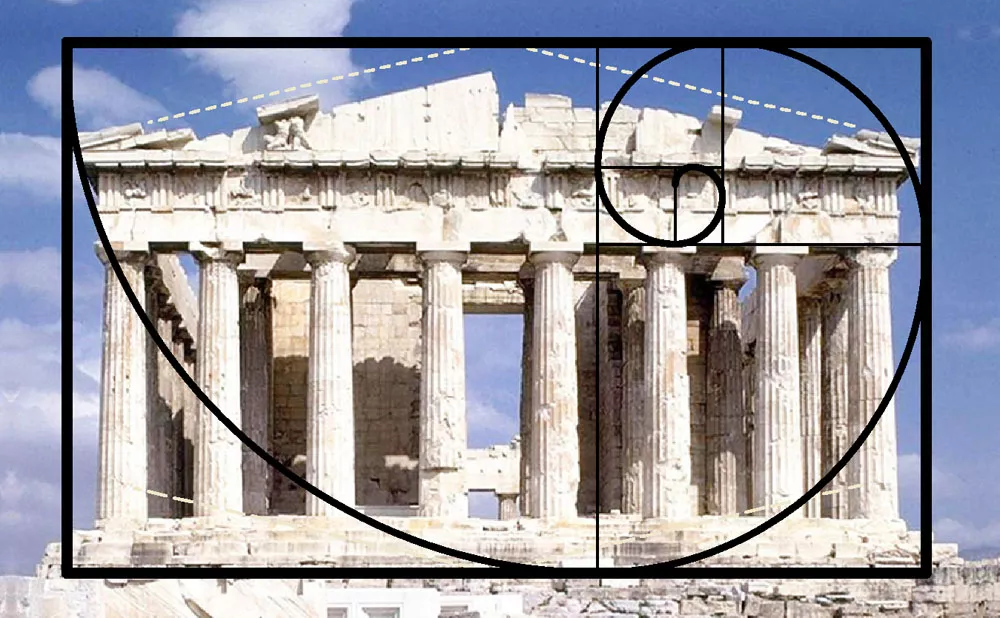
We’ll look at the Golden Ratio and how it can be applied. You’ll also discover some fantastic sites for more research and inspiration. Check out our guides to other important art principles, such as grid theory and color theory, while you’re brushing up on your skills.
What is the Golden Ratio?
The Golden Ratio describes the perfectly symmetrical relationship between two proportions and is closely related to the Fibonacci Sequence (which you may remember from either your school math courses or Dan Brown’s The Da Vinci Code).
A Golden Rectangle can be used to represent the Golden Ratio, which is roughly equal to a 1:1.61 ratio. This is a rectangle in which cutting off a square (with a side length equal to the shortest side of the rectangle) results in a rectangle with the same proportions as the original rectangle.
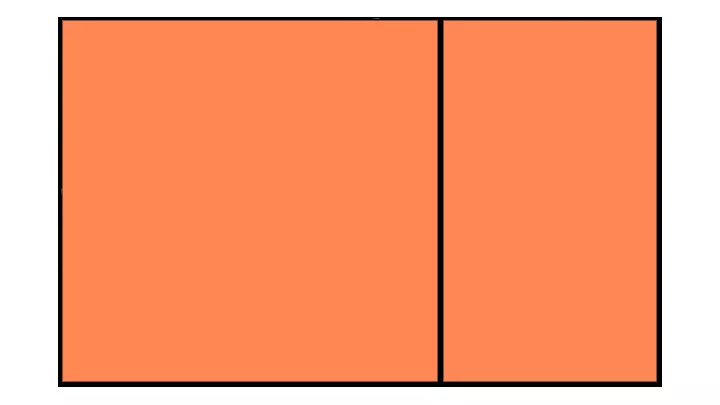
If you take away the left-hand square from the rectangle above, you’ll get a smaller Golden Rectangle. It’s possible that this will go on indefinitely. In the same way, adding a square equal to the length of the rectangle’s longest side brings you closer to a Golden Rectangle and the Golden Ratio.
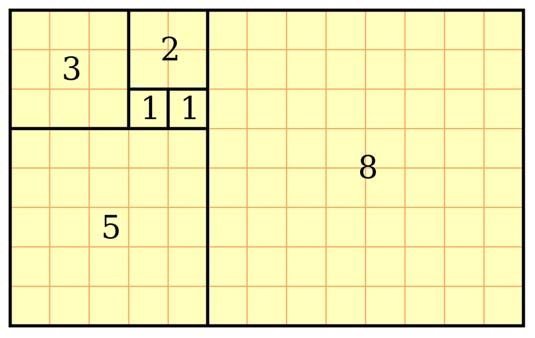
This relates to the Fibonacci Sequence (0, 1, 1, 2, 3, 5, 8, 13, …) , in which each term is the sum of the previous two.
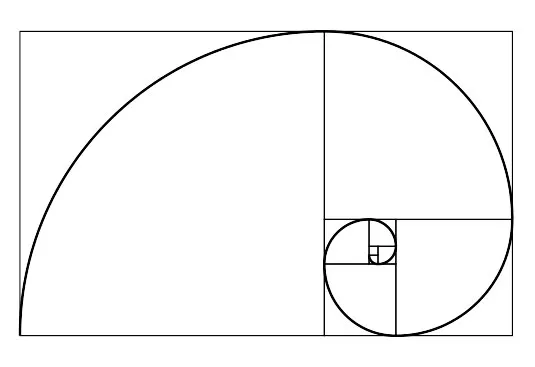
When we plot the relationships in scale, we get what’s known as a Golden Spiral. In the natural world, this happens naturally.
The Golden Ratio in use
The Golden Ratio is thought to have been used in human art and design for at least 4,000 years. However, some argue that the Ancient Egyptians used the idea to build the pyramids, thus it could be even longer.
In modern times, the Golden Ratio may be found in music, art, and design all over the place. You can apply the same design sensibilities to your own work by following a similar working technique. Let’s look at a handful of examples to get you started.
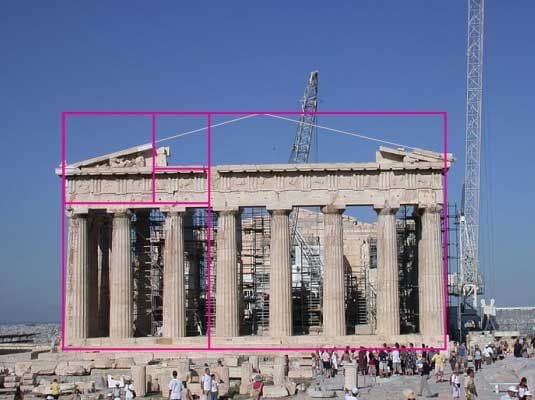
The Golden Ratio was utilized in ancient Greek architecture to identify acceptable dimensional ratios between a building’s breadth and height, the size of the portico, and even the position of the supporting columns.
The end result is a structure that is perfectly proportioned. These principles were also adopted by the neo-classical architecture movement.
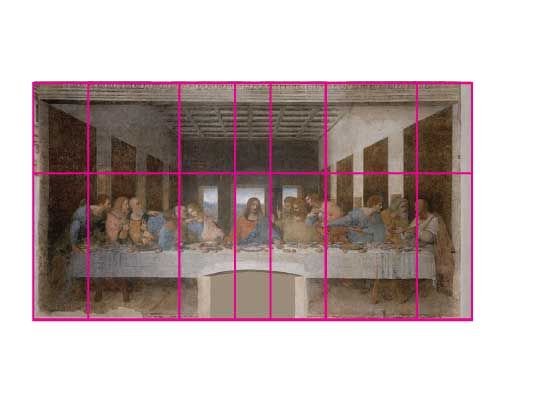
The Golden Ratio was used extensively by Leonardo da Vinci, as well as many other painters throughout history, to produce appealing compositions. The characters in The Last Supper are arranged in the lower two-thirds (the larger of the two sections of the Golden Ratio), and the position of Jesus is perfectly plotted across the canvas by arranging golden rectangles.


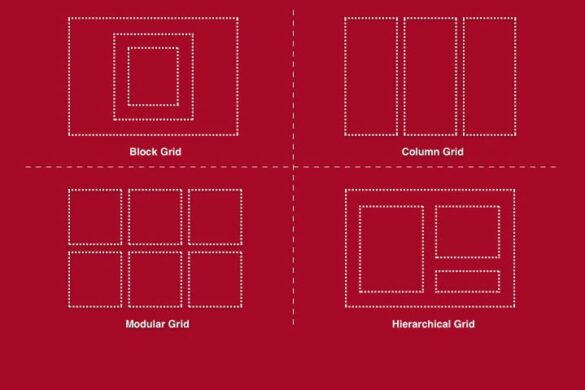




Add your first comment to this post